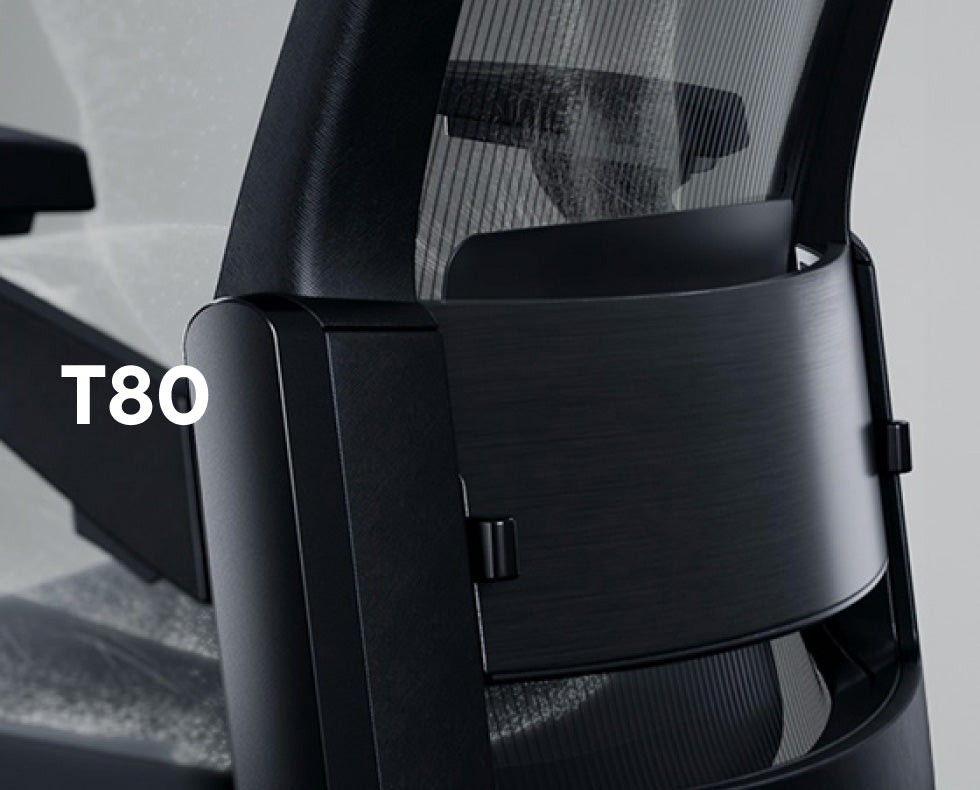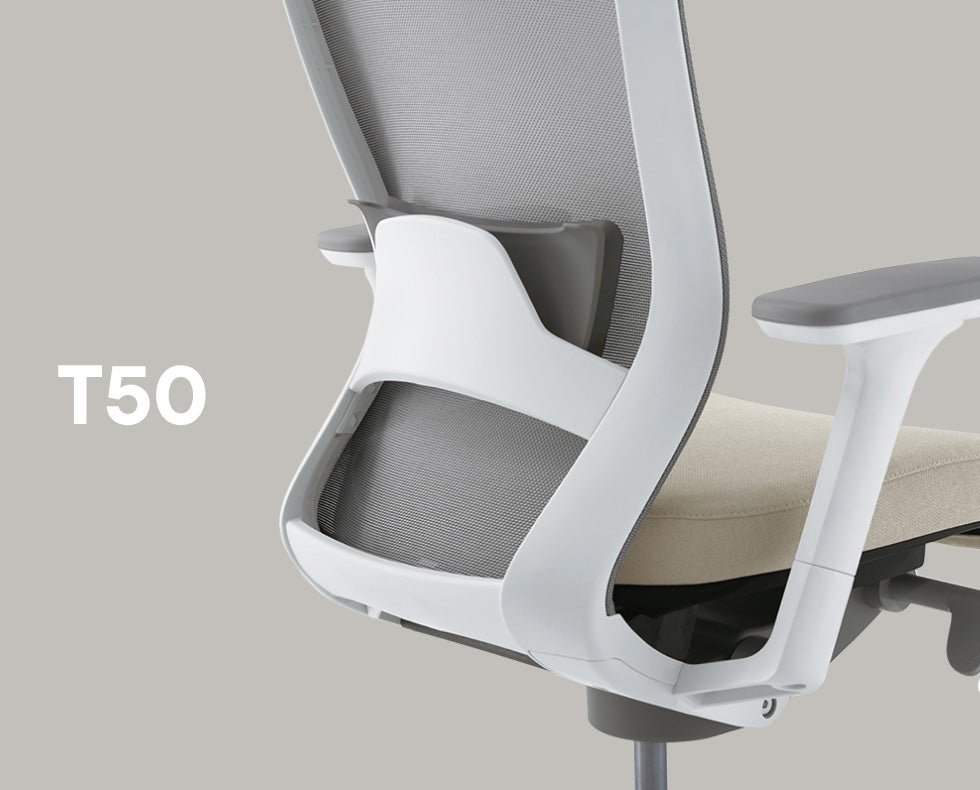Less really can be more, especially when it comes to your workspace. In a world where clutter creeps in quietly, the minimalist approach steps in loud and clear. It's not just a trend; it's a way to work smarter, think clearer, and breathe easier. This home office setup guide will walk you through building a stylish, compact, and genuinely functional office without overloading your room or your brain.
If your “office” shares space with your dining table or bedroom nook, you're in the right place. Let's turn that tiny spot into your big creative engine.

Choose Your Zone With Purpose
Before you buy a single desk lamp, pick your workspace wisely. You don't need a spare room. You need the right corner.
Look for natural light, minimal noise, and as little foot traffic as possible. Even a closet can become a productive work zone.
If your office shares space with a bedroom or lounge, define it visually. Think floor rugs, floating shelves, or a colour pop wall to set it apart.
A clear boundary between “work” and “home” helps your brain switch gears faster. That separation can be as simple as a curtain.
Desk Small, Think Big
You don't need a wide, heavy desk to feel accomplished. Choose something slim, sharp, and smart.
Floating desks work wonders for tiny areas. Fold-down designs vanish after work hours. Bonus: they make your space feel instantly cleaner.
Look for desks with subtle built-in storage. A shallow drawer for cables and notebooks keeps clutter out of sight, and sanity in place.
If you can, choose wood or matte finishes over glossy ones. They absorb light softly and feel warmer in any setup.
Chairs: The Unsung Heroes
When it comes to seating, style should never come at the cost of comfort. That's where Sidiz steps in.
They make the best office seats that look as sleek as they feel. Designed for real workdays, they're perfect for long sessions without aches.
The ideal office chairs support your back, adjust to your posture, and still look good next to a bookshelf or artwork.
Choose a neutral colour to blend into your space. Cream, grey, or matte black works with almost any palette.
Sidiz designs prove you don't need clunky furniture for support. Sleek can still be strong.
Storage That Disappears
Minimalist design isn't about having nothing. It's about hiding things cleverly.
Use vertical space. Think wall shelves, pegboards, or even hanging baskets. Keep the floor clean, and your mind will follow.
Multi-use furniture is a secret weapon. Ottomans that open, benches with hidden compartments, or desks with modular drawers all pull double duty.
Limit visible items to the essentials. A notebook, a lamp, and one plant are usually enough for your desktop.
Everything else should live behind closed doors or in boxes labelled neatly on upper shelves.
Cables Are Not Decor
One messy power cord can ruin an otherwise calming workspace. So don't let it win.
Use cable clips and under-desk trays to hide the mess. Wrap wires in fabric sleeves for a unified, neat finish.
Where possible, go wireless. A Bluetooth keyboard and mouse reduce your setup footprint instantly.
If you've got a monitor, anchor the cable with adhesive clips at the back. Tidy tech is underrated.
Light It Right
Good lighting is half the work. If your eyes are strained, your focus will fade fast.
Position your desk near a window if you can. Natural light is unbeatable for mood, energy, and aesthetics.
Add a slimline desk lamp with warm LED lighting. It should light your workspace, not your ceiling.
Want ambience? Try gaming room LED lights with subtle glow settings. These can double as desk backlights for soft, stylish comfort.
Use smart bulbs with adjustable tones. Warm for late nights, cool for early mornings. Your lighting should work as hard as you do.
Stick to a Soothing Palette
A minimalist office feels calm because its colours are intentional. That doesn't mean boring. It means balanced.
Start with a neutral base: white, beige, soft grey, or cream. These shades make your space feel bigger.
Then layer in accents. Think muted green, navy blue, or a dusky blush. One or two pops are all you need.
Match your accessories, like storage boxes, pencil holders, or your mouse pad, to the same tones for cohesion.
Avoid loud patterns or flashy materials. Your workspace isn't a festival. It's a sanctuary for focus.
Declutter Like a Minimalist Master
If it's not useful or beautiful, it probably doesn't belong in your office.
Try the “one in, one out” rule. When you bring something new into the space, remove something else.
Go paperless when you can. Use cloud storage, digital planners, and apps like Evernote or Notion.
Ditch desk knick-knacks unless they spark actual joy. A favourite candle or a framed quote? Keep. Six old USBs? Toss.
The goal isn't to strip everything away. It's to keep only what adds value to your day.
Let Nature Breathe In
A minimalist home office doesn't have to feel sterile. In fact, it shouldn't.
Add natural textures to soften the space. Wood grains, cotton throws, jute rugs-they all bring warmth without clutter.
Introduce a plant or two. A snake plant, pothos, or peace lily adds life and purifies air with very little effort.
If real plants aren't your thing, high-quality faux greenery can do the trick. Just keep it dust-free.
Even a natural linen curtain or timber frame can shift the mood from cold to calming in seconds.
Smarter Tools, Smaller Footprint
Think beyond big tech. Opt for gear that does more in less space.
Use a slim laptop stand to lift your screen to eye level. Pair it with a Bluetooth keyboard and mouse for comfort.
Store away printers, hard drives, and anything you don't use daily. Less visible clutter means less mental clutter.
If your desk must double as a creative station or hobby corner, store secondary tools in stackable containers nearby.
Modular desks or trays make it easier to transition between tasks without rearranging the entire setup.
Make It Yours, But Not Too Much
Minimalism doesn't mean erasing your personality. It means choosing your accents with care.
One piece of art on the wall. One photo on your desk. One personal item that makes you smile during long workdays.
A mood board or vision pinboard can inspire, but keep it tidy. Rotate content often to keep it fresh.
Curate your office like a gallery. Give each item space to breathe and meaning to stay.
The result is a work zone that feels deeply you without screaming for attention.
When Space Is Tiny, Go Tall
If you're working from a shoebox apartment, use your walls as real estate.
Floating shelves save floor space and double as design features. Use them to store books, display plants, or organise supplies.
Wall-mounted fold-out desks or Murphy-style setups can vanish when not in use. Perfect for bedroom corners or studio flats.
Mirrors help reflect light and give the illusion of extra space. A well-placed one can make your whole office feel bigger.
Use hooks to hang headphones, cords, or even small baskets. Vertical thinking brings minimalist magic.
Final Thoughts
You don't need a grand study to have a stylish and productive workspace. You just need to be intentional.
Every piece in your home office should earn its place, either by function or by joy.
This home office setup guide proves that style and space can coexist beautifully. With clean lines, natural textures, and thoughtful tech, you're already halfway there.
And remember, choosing smart, stylish home office chairs can completely transform your setup.
So go on. Create a space that helps you do your best work without overwhelming your life. Minimal effort, maximum effect.



